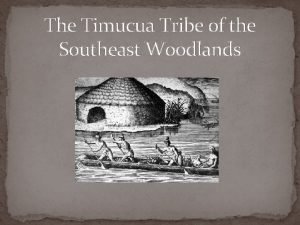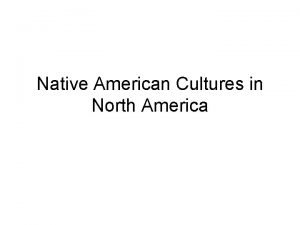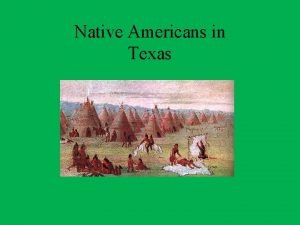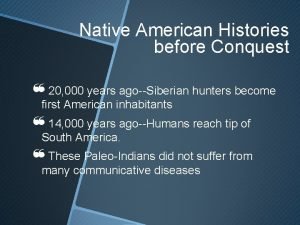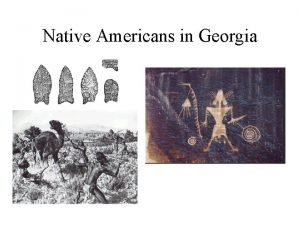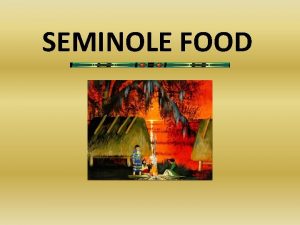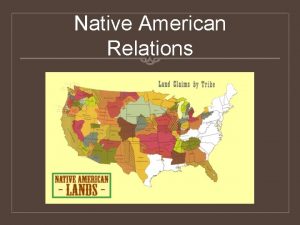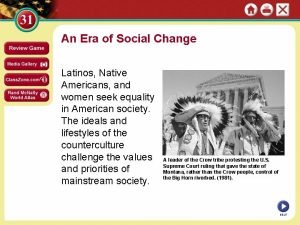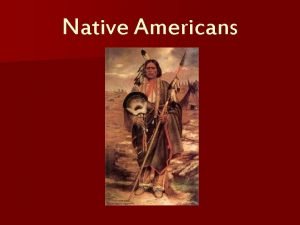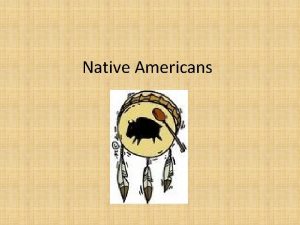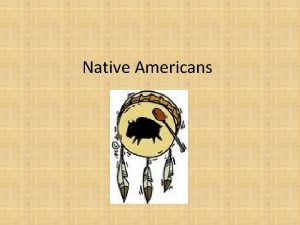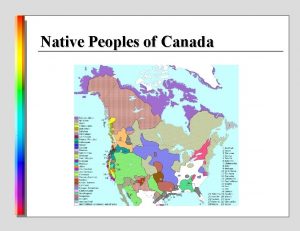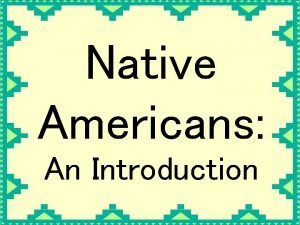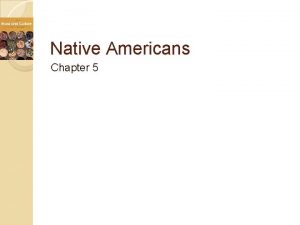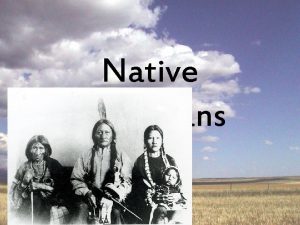SOUTHEAST WOODLANDS REGION The Southeast Woodland Native Americans










- Slides: 10

SOUTHEAST WOODLANDS

REGION The Southeast Woodland Native Americans lived in what is now Tennessee, Georgia, Florida, Alabama, Mississippi, North Carolina, and South Carolina. It is very hot in the summer and mild (not too cold) in the winter. There is a good amount of rainfall, so the soil is good for growing crops. It rarely snows in this region. In the northern part of the region, there are three mountain ranges in this region: The Appalachian Mountains, The Great Smoky Mountains, and The Blue Ridge Mountains. In the southern part, there are many swamps and grassy areas. Along the coast of the Atlantic Ocean, the land is mostly plains.

Survival/ Food THEY MAINLY GREW THE FOOD THEY ATE. SOME OF THE THINGS THEY GREW INCLUDE CORN, SQUASH, AND BEANS. THEY WOULD USE THE FOOD THEY GREW TO MAKE OTHER THINGS. THEY WOULD TAKE CORN AND MAKE FLAT BREADS LIKE TORTILLAS. THEY WOULD USE THE BEANS TO MAKE SOUPS AND STEWS. THE MEN WOULD ALSO HUNT SOME SMALL ANIMALS TO EAT THEIR MEAT. THEY HUNT DEER, TURKEY, RABBIT, AND ALLIGATOR. THEY WOULD ALSO CATCH TURTLES AND FISH. THEY ALSO GATHERED FOOD THAT GREW IN THE FOREST, LIKE BERRIES AND WILD PLANTS.

Clothing In the Southeast region, people wore lighter clothing than the Northeast region because of the warmer temperature. Tribes dressed in bright colors. In the summer, many Native Americans did not wear clothes from the waist up. In the winter, many Native Americans wore clothing made out of moss and wool. Women wore deerskin tops, skirts, and moccasins. Men wore deerskin loin clothes in the summer, and added leggings, shirts, and robes in the winter, all made of deerskin.

Homes In the Southeast region, Native Americans lived in Wattle and Daub houses. These houses were made by weaving river cane and wood into a frame. The roofs were made of grass and bark. Wattle and Daub houses were permanent structures, perfect for farming people. They were small houses, fitting about one family per home. Many Native Americans lived in chickees. A chickee is a house made out of wood and plaster. It had thick posts to hold up a thatched roof. In the summer it didn’t have any walls, and in the winter they would sometimes hang up canvas curtains. The floor was raised a few feet off the ground to protect the chickee from floods and animals.

Tribes In the Southeast there are three large tribes that lived in the region. The Creek, Choctaw, and Cherokee were Native American tribes lived around water ways like the Mississippi River. Cherokee The Cherokee Indians were a very large Native American tribe that originally settled in the southeast portions of the United States. They settled in North and South Carolina, Georgia, and Tennessee after migrating south from the Great Lakes region. The word Cherokee translates into "those who live in the mountains". Creek This mostly peaceful group of Southeast American Indian Tribes had roots in Georgia, Alabama, North Carolina and Florida until they were forced out by other tribes and Europeans. They often referred to themselves as Muskogee or Muscogee. The Creek were known to wear highly decorated and sophisticated clothing. Like most Indian tribes, the men and women had specific roles and their kids learned their expected roles at a young age.

Fun Facts The Southeast region of the United States is home to about 2 million wild boars, also called feral pigs. Two of the main natural resources in this region are pine trees and coal. With corn being the most important harvest, an annual Green Corn Festival was held each fall. This was one of their most important ceremonies. It was a time for celebration and thanks. Dancing, feasting, fasting and religious ceremonies, where corn was hung above a fire as a sacred offering, were all part of the festival.

PICTURES

Links http: //lablinks. weebly. com/ https: //nativeamericans. mrdonn. org/southeast/cherokee/food-clothing. html https: //www. britannica. com/topic/Southeast-Indian/Subsistence-and-material-culture http: //nativeamericanadventures. weebly. com/southeast. html https: //native-american-indian-facts. com/Southeast-American-Indian-Facts/Southeast-American-Indian. Facts. shtml.

 Timucua tribe interesting facts
Timucua tribe interesting facts Beringia
Beringia Where did native americans come from
Where did native americans come from Native americans
Native americans Where did native americans come from
Where did native americans come from What did seminoles eat
What did seminoles eat How many native americans died on the trail of tears
How many native americans died on the trail of tears Latinos and native americans seek equality
Latinos and native americans seek equality What three circumstances hurt native americans
What three circumstances hurt native americans Landforms in the southeast region
Landforms in the southeast region Geographical features of the southeast region
Geographical features of the southeast region
